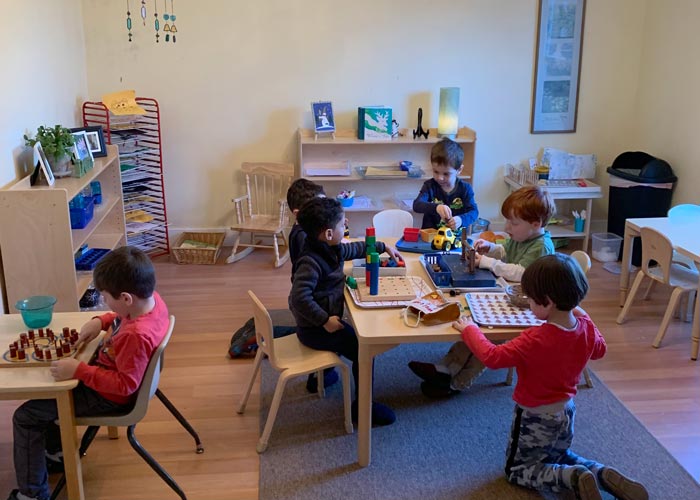What is Montessori?
The Montessori philosophy
Montessori is an educational philosophy, a way of teaching young children, devised by Maria Montessori (1870-1952) around the turn of the century. Unique in how it strives to understand what children need to learn effectively, it is still practiced widely in schools across the globe. As a doctor and researcher, Montessori spent many years watching young children as they played, and finally gave us a “blueprint” for educating young children in a truly appropriate way.

Her Legacy Is Our Modern-Day Montessori Classrooms
This philosophy has at its core a deep respect for each and every child, extensive knowledge of child development, and a belief that providing a well-ordered and carefully planned classroom allows these fabulous young children to flourish and grow. Her legacy is our modern-day Montessori classrooms. They are calm and beautiful spaces, filled with readily accessible “materials”, many designed by Montessori herself, that the children can choose and work with while following their own natural inclination. Teachers are on hand, watching carefully, and ready to assist children when needed. All the rules of the classroom make sense, and are carefully enforced, which makes the room feel both safe and ordered, which young children love, and creates a place that allows them uninterrupted time for their “work”.
How Are Montessori Classrooms Different From Traditional Preschools?
One key component is that our classrooms are multi-age. Girls and boys, aged 3, 4, 5, and 6, are all working together in the room, either in small groups or by themselves. Rather like a big family. Children learn from one another, as well as from the teacher, and are exposed to a wide range of different work, not just activities aimed at their chronological age, as happens in a traditional single-age classroom. Another is our work time for children. All those materials are enticingly arranged on low shelves around the classroom. For a good part of their day, the children use small tables, or rugs on the floor, and choose activities that make sense to them. Although we also have traditional circle times, used for attendance, short teaching lessons, games, books, and singing, it is the work time that typifies a good Montessori classroom.
And then there are our teachers. Becoming a Montessori teacher takes a great deal of academic commitment and effort, and it shows in our dedication to this philosophy and to the children that we teach. If you come across a Montessori teacher, just ask her about what she does, and then stand back and listen! Her enthusiasm will undoubtedly shine through. The American Montessori Society (AMS) or the Association Montessori Internationale (AMI) inspects and evaluates all reliable Montessori teacher training programs, and teachers should have a certification from one of these organizations.
How Do I Find Out More About Montessori?
You will be able to observe a class in action and talk to our teachers. It's the perfect way to ask questions as they occur to you, and get a first-hand view of Montessori education as it happens. Visit our school.
For further research, the American Montessori Society (AMS) has a wealth of great articles and videos about Montessori materials and our classrooms.
